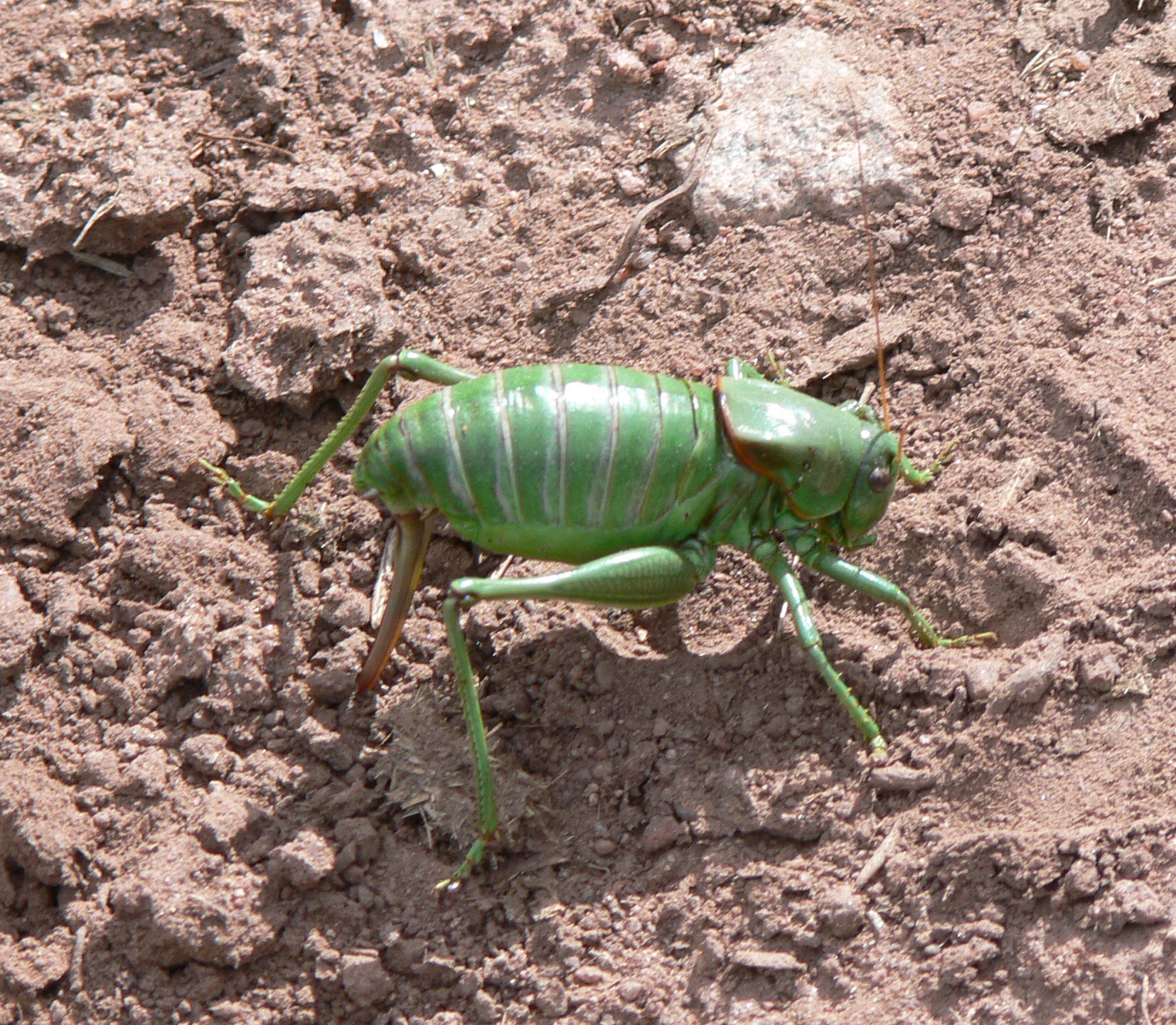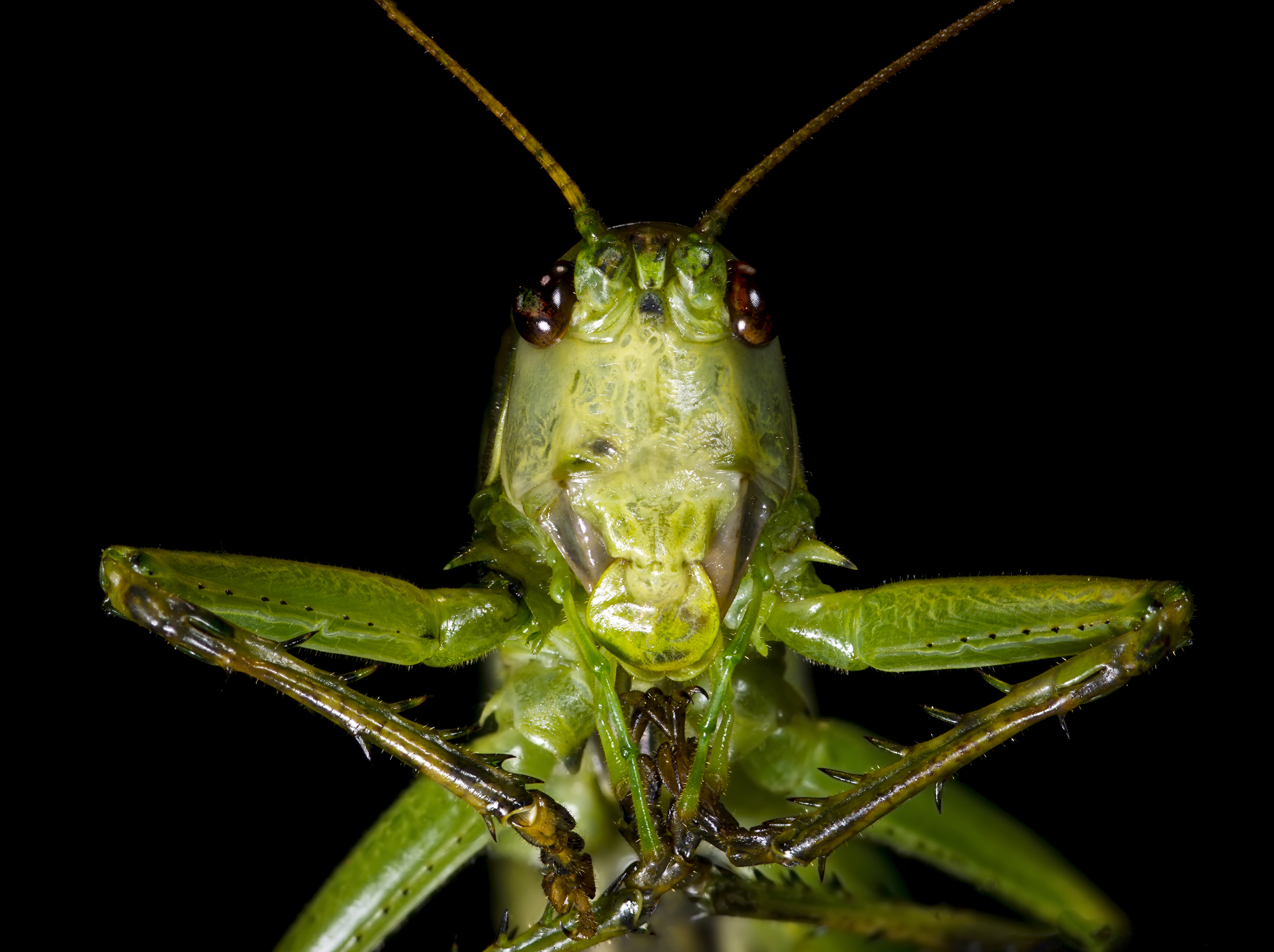|
Anabrus Caudelli
''Anabrus'' is a genus of insects in the family Tettigoniidae that includes the Mormon cricket. The Orthoptera Species File, lists the following species: * †'' Anabrus caudelli'' Cockerell, 1908 * '' Anabrus cerciata'' Caudell, 1907 * '' Anabrus longipes'' Caudell, 1907 * ''Anabrus simplex The Mormon cricket (''Anabrus simplex'') is a large insect native to western North America in rangelands dominated by sagebrush and forbs. ''Anabrus'' is a genus in the Tettigoniinae, shield-backed katydid subfamily in the Tettigoniidae family, ...'' Haldeman, 1852 References External links * * Tettigoniidae Tettigoniidae genera Taxa named by Samuel Stehman Haldeman {{Tettigoniidae-stub ... [...More Info...] [...Related Items...] OR: [Wikipedia] [Google] [Baidu] |
Anabrus Simplex
The Mormon cricket (''Anabrus simplex'') is a large insect native to western North America in rangelands dominated by sagebrush and forbs. ''Anabrus'' is a genus in the Tettigoniinae, shield-backed katydid subfamily in the Tettigoniidae family, commonly called katydids, bush crickets, and previously "long-horned grasshoppers." Its common name, "Mormon cricket," is a misnomer: Cricket (insect), true crickets are of the family Gryllidae. The Mormon cricket takes its common name from the prominent role it played in the miracle of the gulls after the Mormon settlers in Utah had encountered them while pushing westward. Although flightless, the Mormon cricket may travel up to two kilometres a day in its Swarm behavior, swarming phase during which it may be a serious agricultural pest and sometimes a traffic hazard. Description Mormon crickets can grow to almost in length. Individuals vary in coloration: the overall color may be black, brown, red, purple or green. The pronotum, the D ... [...More Info...] [...Related Items...] OR: [Wikipedia] [Google] [Baidu] |
Samuel Stehman Haldeman
Samuel Stehman Haldeman (August 12, 1812 – September 10, 1880) was an American natural history, naturalist and philologist. During a long and varied career he studied, published, and lectured on geology, conchology, entomology and philology. He once confided, "I never pursue one branch of science more than ten years, but lay it aside and go into new fields." Early life and education Haldeman was born in Locust Grove (Bainbridge, Pennsylvania), Locust Grove, Pennsylvania on August 12, 1812, the oldest of seven children of Henry Haldeman and Frances Stehman Haldeman. Locust Grove was the family estate on the Susquehanna River, twenty miles below Harrisburg, Pennsylvania, Harrisburg. His father was a prosperous businessman and his mother was an accomplished musician who died when Haldeman was twelve years old. In 1826, he was sent to Harrisburg to attend school at the Classical Academy, run by John M. Keagy. After two years in the academy, he enrolled at Dickinson College where his ... [...More Info...] [...Related Items...] OR: [Wikipedia] [Google] [Baidu] |
Insect
Insects (from Latin ') are Hexapoda, hexapod invertebrates of the class (biology), class Insecta. They are the largest group within the arthropod phylum. Insects have a chitinous exoskeleton, a three-part body (Insect morphology#Head, head, Thorax (insect anatomy), thorax and abdomen (insect anatomy), abdomen), three pairs of jointed Arthropod leg, legs, compound eyes, and a pair of antenna (biology), antennae. Insects are the most diverse group of animals, with more than a million described species; they represent more than half of all animal species. The insect nervous system consists of a insect brain, brain and a ventral nerve cord. Most insects reproduce Oviparous, by laying eggs. Insects Respiratory system of insects, breathe air through a system of Spiracle (arthropods), paired openings along their sides, connected to Trachea#Invertebrates, small tubes that take air directly to the tissues. The blood therefore does not carry oxygen; it is only partly contained in ves ... [...More Info...] [...Related Items...] OR: [Wikipedia] [Google] [Baidu] |
Tettigoniidae
Insects in the family (biology), family Tettigoniidae are commonly called katydids (especially in North America) or bush crickets. They have previously been known as "long-horned grasshoppers". More than 8,000 species are known. Part of the suborder Ensifera, the Tettigoniidae are the only extant (living) family in the superfamily Tettigonioidea. Many species are Nocturnality, nocturnal in habit, having strident mating calls and may exhibit mimicry or camouflage, commonly with shapes and colours similar to leaves.[] Etymology The family name Tettigoniidae is derived from the genus ''Tettigonia'', of which the Tettigonia viridissima, great green bush cricket is the type species; it was first described by Carl Linnaeus in 1758. In Latin ''tettigonia'' means a kind of small cicada, leafhopper; it is from the Greek τεττιγόνιον ''tettigonion'', the diminutive of the imitative (onomatopoeic) τέττιξ, ''tettix'', cicada. All of these names such as ''tettix'' with repeat ... [...More Info...] [...Related Items...] OR: [Wikipedia] [Google] [Baidu] |
Mormon Cricket
The Mormon cricket (''Anabrus simplex'') is a large insect native to western North America in rangelands dominated by sagebrush and forbs. ''Anabrus'' is a genus in the shield-backed katydid subfamily in the Tettigoniidae family, commonly called katydids, bush crickets, and previously "long-horned grasshoppers." Its common name, "Mormon cricket," is a misnomer: true crickets are of the family Gryllidae. The Mormon cricket takes its common name from the prominent role it played in the miracle of the gulls after the Mormon settlers in Utah had encountered them while pushing westward. Although flightless, the Mormon cricket may travel up to two kilometres a day in its swarming phase during which it may be a serious agricultural pest and sometimes a traffic hazard. Description Mormon crickets can grow to almost in length. Individuals vary in coloration: the overall color may be black, brown, red, purple or green. The pronotum, the dorsal "shield" above the prothorax, cov ... [...More Info...] [...Related Items...] OR: [Wikipedia] [Google] [Baidu] |
Anabrus Caudelli
''Anabrus'' is a genus of insects in the family Tettigoniidae that includes the Mormon cricket. The Orthoptera Species File, lists the following species: * †'' Anabrus caudelli'' Cockerell, 1908 * '' Anabrus cerciata'' Caudell, 1907 * '' Anabrus longipes'' Caudell, 1907 * ''Anabrus simplex The Mormon cricket (''Anabrus simplex'') is a large insect native to western North America in rangelands dominated by sagebrush and forbs. ''Anabrus'' is a genus in the Tettigoniinae, shield-backed katydid subfamily in the Tettigoniidae family, ...'' Haldeman, 1852 References External links * * Tettigoniidae Tettigoniidae genera Taxa named by Samuel Stehman Haldeman {{Tettigoniidae-stub ... [...More Info...] [...Related Items...] OR: [Wikipedia] [Google] [Baidu] |
Anabrus Cerciata
''Anabrus cerciata'', known generally as the big-tooth anabru or big-tooth Mormon cricket, is a species of shield-backed katydid in the family Tettigoniidae. It is found in North America North America is a continent in the Northern Hemisphere, Northern and Western Hemisphere, Western hemispheres. North America is bordered to the north by the Arctic Ocean, to the east by the Atlantic Ocean, to the southeast by South Ameri .... References * Capinera J.L, Scott R.D., Walker T.J. (2004). ''Field Guide to Grasshoppers, Katydids, and Crickets of the United States''. Cornell University Press. * Otte, Daniel (1997). "Tettigonioidea". ''Orthoptera Species File 7'', 373. Further reading * Tettigoniinae Insects described in 1907 {{tettigoniidae-stub ... [...More Info...] [...Related Items...] OR: [Wikipedia] [Google] [Baidu] |
Anabrus Longipes
''Anabrus longipes'', the long-legged anabrus, is a species of shield-backed katydid in the family Tettigoniidae Insects in the family (biology), family Tettigoniidae are commonly called katydids (especially in North America) or bush crickets. They have previously been known as "long-horned grasshoppers". More than 8,000 species are known. Part of the subo .... It is found in North America. References Tettigoniinae Articles created by Qbugbot Insects described in 1907 {{tettigoniidae-stub ... [...More Info...] [...Related Items...] OR: [Wikipedia] [Google] [Baidu] |
Tettigoniidae Genera
Insects in the family Tettigoniidae are commonly called katydids (especially in North America) or bush crickets. They have previously been known as "long-horned grasshoppers". More than 8,000 species are known. Part of the suborder Ensifera, the Tettigoniidae are the only extant (living) family in the superfamily Tettigonioidea. Many species are nocturnal in habit, having strident mating calls and may exhibit mimicry or camouflage, commonly with shapes and colours similar to leaves.[] Etymology The family name Tettigoniidae is derived from the genus ''Tettigonia'', of which the Tettigonia viridissima, great green bush cricket is the type species; it was first described by Carl Linnaeus in 1758. In Latin ''tettigonia'' means a kind of small cicada, leafhopper; it is from the Greek τεττιγόνιον ''tettigonion'', the diminutive of the imitative ( onomatopoeic) τέττιξ, ''tettix'', cicada. All of these names such as ''tettix'' with repeated sounds are onomatopoeic, i ... [...More Info...] [...Related Items...] OR: [Wikipedia] [Google] [Baidu] |




